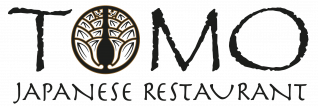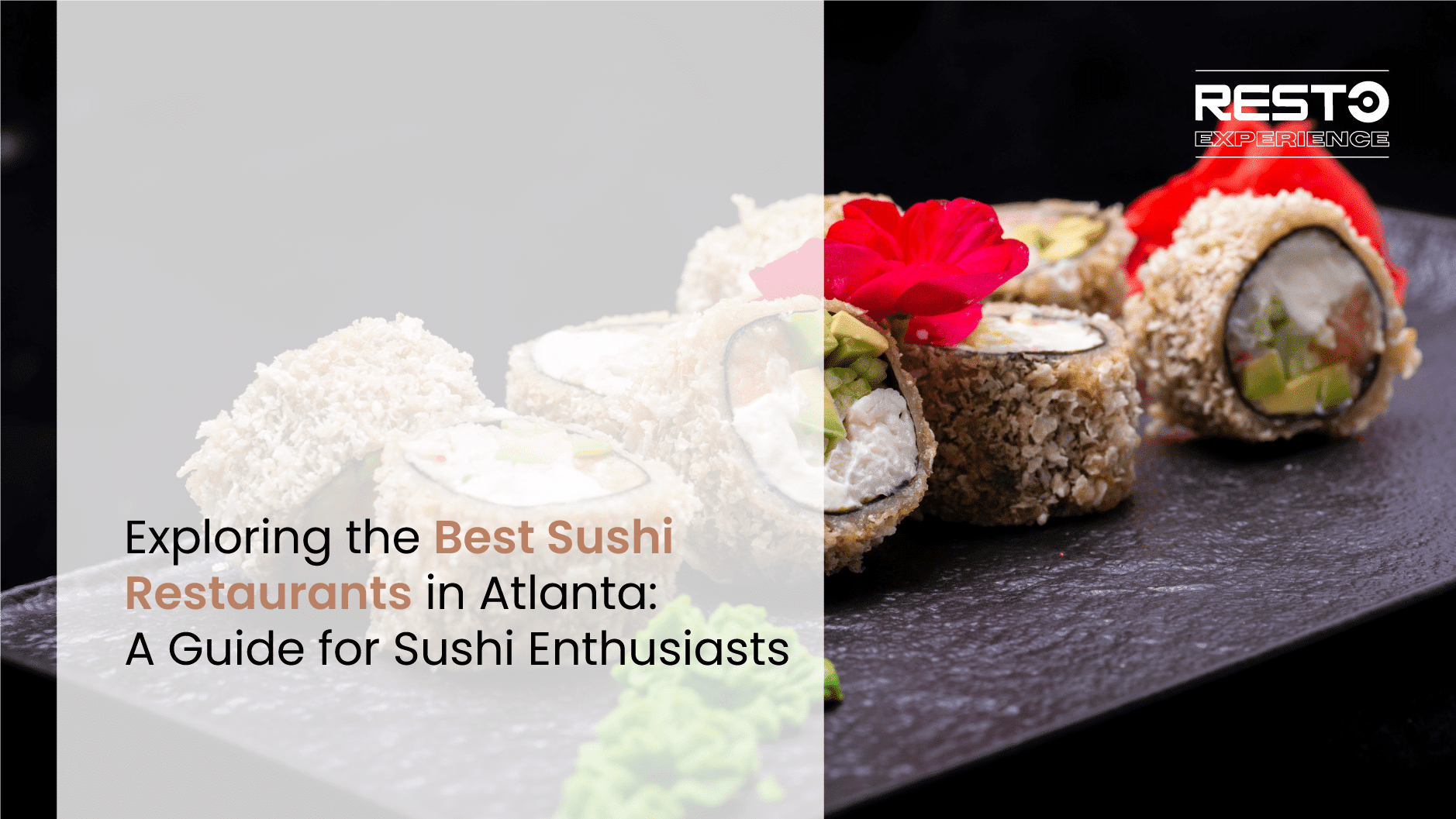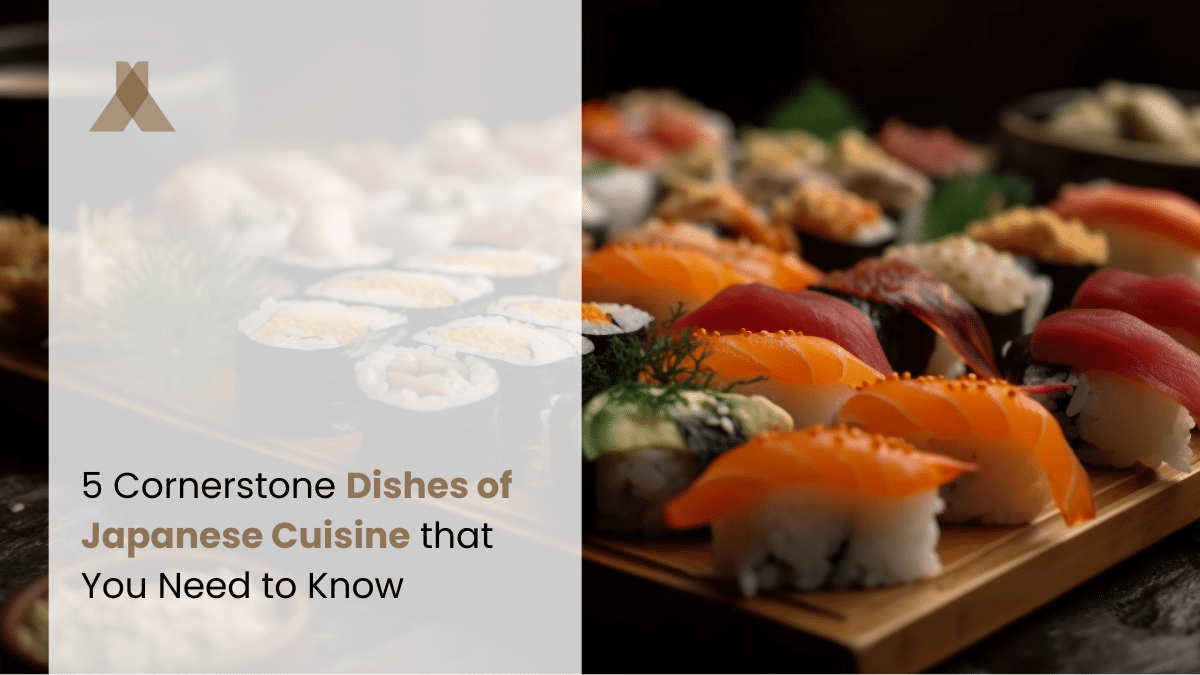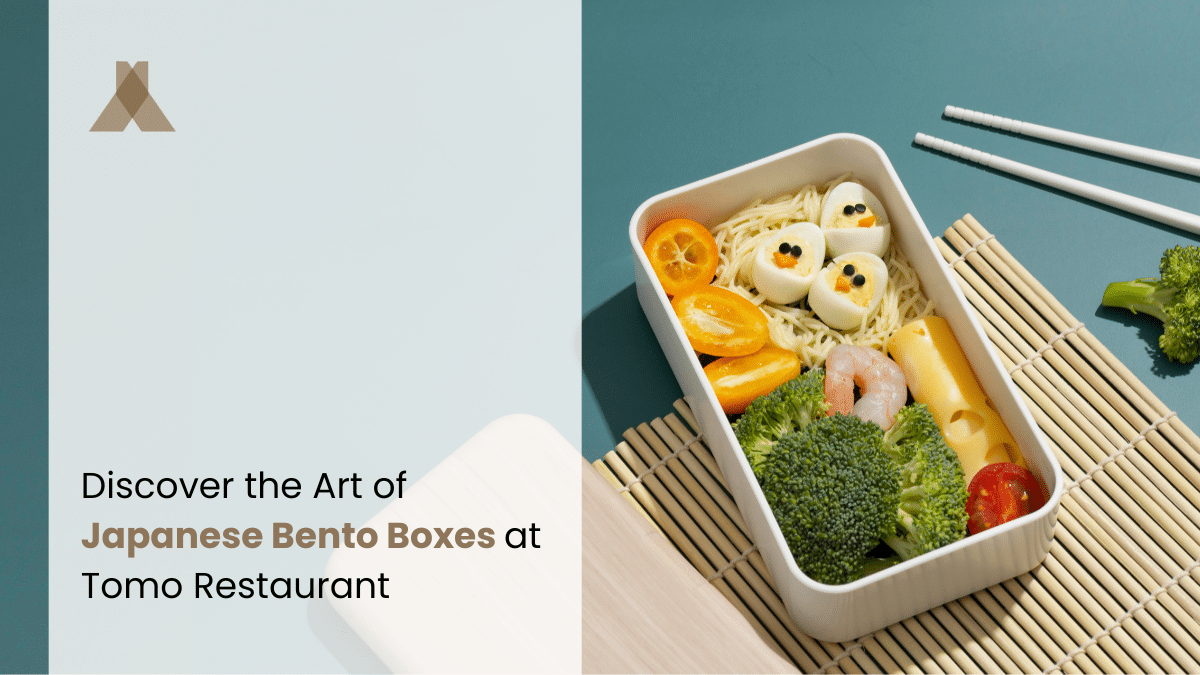Grab your chopsticks, sushi enthusiast! Because today we’ll guide you through the city of Atlanta in search of the best sushi offerings.
Atlanta’s diverse dining landscape provides a wide array of options in this world of raw fish and perfectly seasoned rice, and you’ll now discover the top places to ensure the best Japanese dining experience.
The Rich and Diverse Sushi Scene in Atlanta
Atlanta is one of the best cities in the U.S. for sushi lovers. As the Asian community and the number of sushi enthusiasts rises, the sushi culture in Atlanta is quickly thriving as well.
There are several sushi restaurants in the city where some of the best sushi chefs in the country offer their culinary art.
The sushi dining experience in Atlanta is often a fusion of tradition and modernity, and provides guests with a serene and comfortable atmosphere typical of Japanese hospitality.
So, now we’ll delve into the heart of sushi in Atlanta to explore the finest sushi restaurants for enthusiasts and explorers alike.
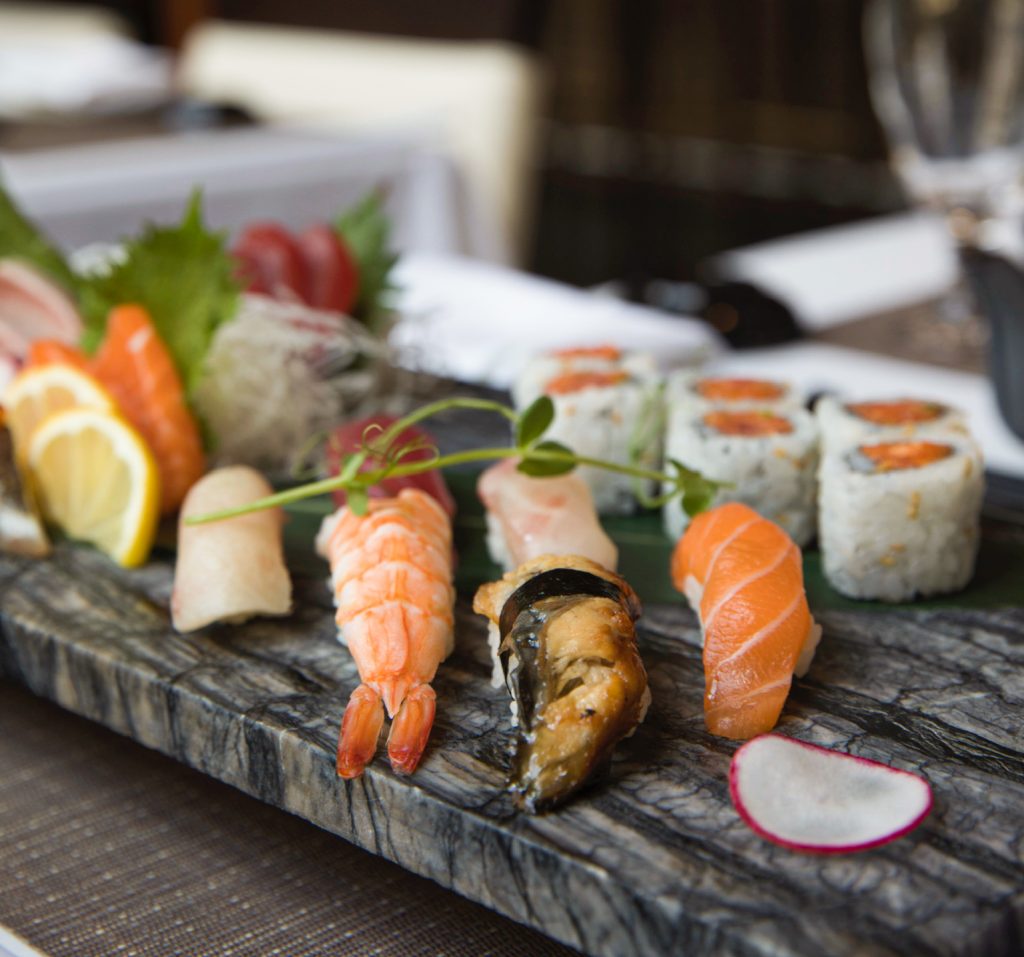
The Top 5 Sushi Restaurants in Atlanta You Must Try
We tailored a “best sushi restaurants in Atlanta” guide to help you discover and enjoy the top-rated sushi spots in the heart of the city.
These restaurants offer a wide variety of sushi dishes (traditional as well as fusion creations); there’s something for every taste! Let’s begin:
1. Tomo Japanese Restaurant
- Tomo Japanese Restaurant, located in Buckhead, offers artful sushi, personalized service, and the best sake list in Atlanta.
- It is led by one of Atlanta’s top sushi chefs, Tomohiro Naito.
- 90% of Tomo’s fish comes directly from Japan, which ensures authentic Japanese cuisine.
- Chef Tomohiro Naito offers a private “omakase” experience in which he creates a curated tasting and a personalized menu for you.
- Tomo’s most popular dishes are kampachi serrano, black cod Boston, spicy tuna roll, Japanese snapper, and lamb chops.
- The restaurant takes reservations and offers delivery, takeout, catering, vegetarian options, and gluten-free options.
2. Eight Sushi Lounge
- Eight Sushi Lounge, established in 2015, offers a combination of traditional and modern dishes.
- It has indoor and outdoor eating areas, the latter with heaters available.
- It has a full bar, which offers a wide variety of sake, Japanese beer, wine, and cocktails.
- Its most popular dishes are tuna crisp, explosion roll, red samurai roll, and eggs benedict.
- Eight Sushi Lounge takes reservations and offers delivery, takeout, and vegetarian/vegan options.
3. Nakato Japanese Restaurant
- Nakato Japanese Restaurant is a Japanese family-owned and operated restaurant.
- It is Atlanta’s oldest Japanese restaurant, established in 1972 by Tetsuko Nakato and today run by her granddaughter Sachiyo Nakato Takahara.
- Sachiyo and other people on the staff are Certified Sake Advisors. They can guide guests to find the perfect sake for the chosen dishes.
- Nakato’s most popular dishes are super crunch roll, spicy salmon roll, shrimp tempura roll, and crimp hibachi dinner.
- It takes reservations and offers delivery, takeout, vegetarian/vegan options, and gluten-free options.
4. Umi
- Umi, located in Buckhead, combines classic and modern Japanese flavors.
- “Umi” means “sea” or “ocean” in Japanese. It reflects the restaurant’s focus on fresh seafood.
- The elegant interior was designed by Atlanta’s designer Todd Murphy.
- Its most popular dishes are spicy tuna, crispy rice, otoro, avocado salad, and black cod miso.
- It takes reservations and offers takeout and vegan options.
5. O-Ku
- O-Ku Atlanta, located in West Midtown, is led by executive chef Masatomo Hamaya.
- They source seafood from fish markets in Tokyo and Hawaii.
- They offer the option of outdoor seating on a rooftop which has an excellent view of the Midtown skyline.
- O-ku’s most popular dishes are black magic, rock shrimp tempura, otoro spoons, and hamachi carpaccio.
- It takes reservations and offers delivery, takeout, and vegan options.
Finding Authentic and Fresh Sushi Ingredients in Atlanta
In the pursuit of excellence, Atlanta’s best sushi restaurants like Tomo strive to ensure the freshness and quality of each ingredient in order to prepare exceptional dishes.
Sourcing fresh fish for sushi is a meticulous process that involves establishing strong relationships with reputable suppliers, who offer the highest-grade fish. These suppliers have to understand the importance of delivering fish that meets the standards necessary for sushi preparation.
Atlanta’s top sushi restaurants usually source these traditional ingredients from trusted suppliers that import directly from Japan, to ensure the diners can enjoy authentic Japanese ingredients.
Local seafood markets also provide an excellent opportunity for sushi restaurants to discover seasonal offerings for their sushi creations.
Tips for Ordering and Enjoying Sushi Like a Pro
Sushi is not just a meal; it’s a cultural experience. To make the most of your sushi adventure in Atlanta, take this into account:
Etiquette When Dining at a Sushi Restaurant
There are common etiquette rules that are typically followed by Japanese citizens when dining at a sushi restaurant.
These are the main rules and recommendations that you should follow:
- A dress code. Some high-end sushi restaurants may ask guests to adhere to certain guidelines.
- When you enter the restaurant and greet the staff, you can bow to show respect and appreciation.
- When the sushi arrives, try to pick up each piece with your chopsticks. Don’t rub them together as this implies that you consider they are of low quality or dirty.
- Try to eat each piece of sushi in a single bite.
- If your choice is soup, lift the bowl to your lips and use your chopsticks to maneuver the solid ingredients towards your mouth.
- When you finish, place your chopsticks on the provided chopstick rest or on the edge of your plate.
- If you wish to express gratitude, you can say “arigato gozaimasu” (thank you very much).
Types of Nigiri and Maki Rolls
It’s important that you familiarize yourself with the various types of nigiri and maki rolls to navigate the menu with confidence.
But first of all, you should know the difference between maki and nigiri. Maki sushi is a cylindrical roll of rice and other ingredients wrapped in seaweed and sliced into bite-sized pieces. Maki rolls contain its fillings on the inside. Nigiri, on the other hand, consists of a slice of raw fish placed atop a small mound of vinegared rice.
The popular types of maki rolls include:
- Hosomaki: The thinnest maki rolls, made with a single filling, such as cucumber, avocado, or salmon.
- Tekka maki: A simple maki roll made with only tuna and rice. A good choice for sushi-newbies.
- Futomaki: Larger rolls with multiple fillings, such as cucumber, avocado, salmon, and tuna.
Common varieties of nigiri include:
- Ebi: Cooked butterflied shrimp
- Tamago: Egg omelet
- Unagi: Grilled freshwater eel
- Sake: Salmon
- Hotate: Fresh raw scallop
- Maguro: Tuna
Try Omakase for an Exquisite Experience
Omakase, meaning “I respectfully leave you to decide what is best”, is a meticulously crafted dinner curated by the sushi chef. It allows you to experience the chef’s creativity and expertise as they serve you the freshest and most exceptional ingredients available.
Sake Pairing with Sushi
Elevate your sushi dining experience with sake, a traditional Japanese rice wine that complements the flavors of sushi remarkably well.
Sashimi pairs very well with dry sake, while a more complex roll may harmonize better with a full-bodied and fruity sake. Don’t hesitate to ask your server or the sushi chef for recommendations!
The Future of Sushi Culture in Atlanta: Emerging Trends and Innovations
As Atlanta’s culinary landscape continues to evolve, so does its sushi culture.
These are the trends and innovations that are expected for the near future:
- Fusion Sushi: Due to the city’s diverse cultural influences, Atlanta’s sushi scene is likely to witness an upsurge in fusion sushi trends. Chefs will continue to experiment inspired by other cuisines such as Korean sushi, with the incorporation of bulgogi and kimchi, and Mexican sushi, with the addition of jalapeños and cilantro.
- Alternatives to Raw Fish: As the demand for vegan dining options grows, so too will the availability of plant-based alternatives to raw fish in sushi. Some sushi chefs will explore how to provide delightful options for vegetarian and vegan sushi lovers through plant-based and even fungi options.
- Sustainable Seafood Practices: With the increasing awareness of environmental conservation, sustainable seafood practices will shortly become a focal point. Restaurants will prioritize sourcing fish from suppliers that adhere to responsible fishing methods to emphasize the importance of ocean preservation.
Conclusion: Embark on a Sushi Adventure in Atlanta and Discover the Hidden Gems
This sushi lover’s guide to Atlanta has unveiled how to immerse yourself into the heart of Japanese cuisine.
You know by now where and how to enjoy the best Japanese flavors when exploring Atlanta’s sushi scene and ensure you have a superb experience.
From Tomo Japanese Restaurant’s traditional elegance to Eight Sushi Lounge’s contemporary flair, each destination definitely promises an authentic Japanese adventure.
